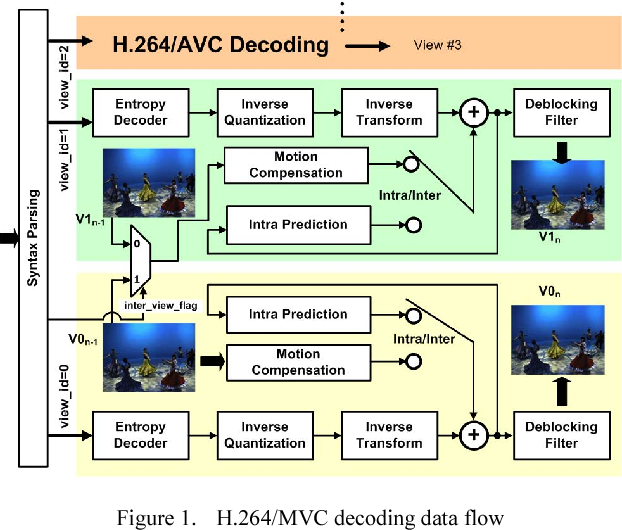
NTSC color encoding is used with the System M television signal, which consists of 30⁄1.001 (approximately 29.97) interlaced frames of video per second. Each frame is composed of two fields, each consisting of 262.5 scan lines, for a total of 525 scan lines. 483 scan lines make up the visible raster. The remainder (the vertical blanking interval) allow for vertical synchronization and retrace. This blanking interval was originally designed to simply blank the electron beam of the receiver's CRT to allow for the simple analog circuits and slow vertical retrace of early TV receivers. However, some of these lines may now contain other data such as closed captioning and vertical interval timecode (VITC). In the complete raster (disregarding half lines due to interlacing) the even-numbered scan lines (every other line that would be even if counted in the video signal, e.g. {2, 4, 6, ..., 524}) are drawn in the first field, and the odd-numbered (every other line that would be odd if counted in the video signal, e.g. {1, 3, 5, ..., 525}) are drawn in the second field, to yield a flicker-free image at the field refresh frequency of 60⁄1.001 Hz (approximately 59.94 Hz). For comparison, 576i systems such as PAL-B/G and SECAM use 625 lines (576 visible), and so have a higher vertical resolution, but a lower temporal resolution of 25 frames or 50 fields per second.
The reason why we use 59.94 Hz is to match the frequency of our alternating current electric system. If we didn't we would see rolling bars on the TV.
|



























 Linear Mode
Linear Mode

